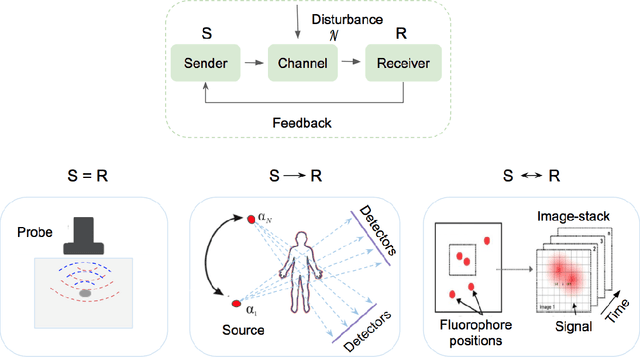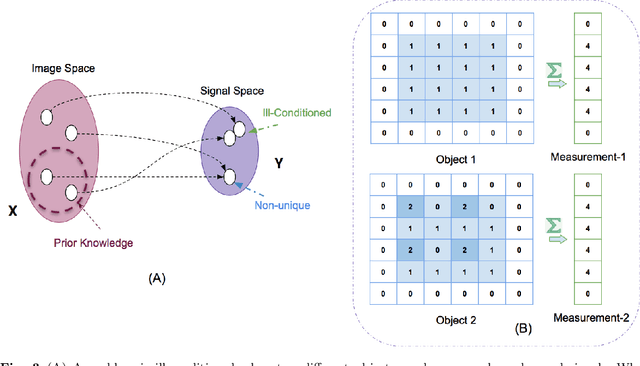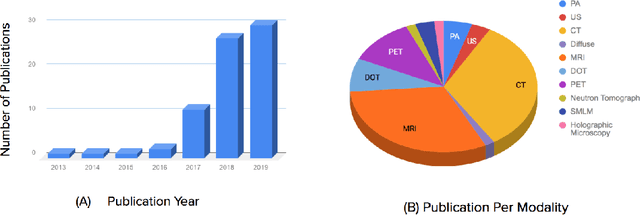Deep Learning for Biomedical Image Reconstruction: A Survey
Paper and Code
Feb 26, 2020



Medical imaging is an invaluable resource in medicine as it enables to peer inside the human body and provides scientists and physicians with a wealth of information indispensable for understanding, modelling, diagnosis, and treatment of diseases. Reconstruction algorithms entail transforming signals collected by acquisition hardware into interpretable images. Reconstruction is a challenging task given the ill-posed of the problem and the absence of exact analytic inverse transforms in practical cases. While the last decades witnessed impressive advancements in terms of new modalities, improved temporal and spatial resolution, reduced cost, and wider applicability, several improvements can still be envisioned such as reducing acquisition and reconstruction time to reduce patient's exposure to radiation and discomfort while increasing clinics throughput and reconstruction accuracy. Furthermore, the deployment of biomedical imaging in handheld devices with small power requires a fine balance between accuracy and latency.
 Add to Chrome
Add to Chrome Add to Firefox
Add to Firefox Add to Edge
Add to Edge